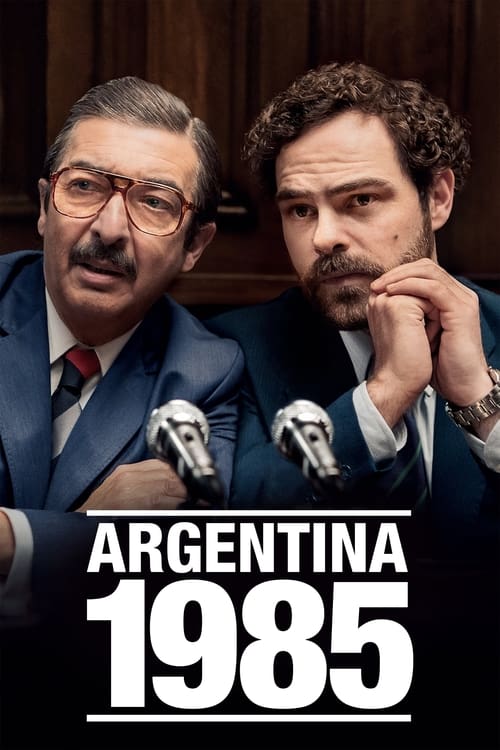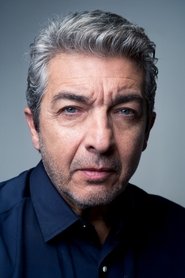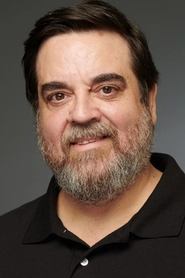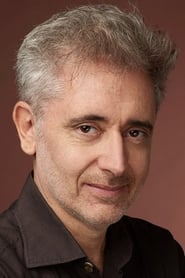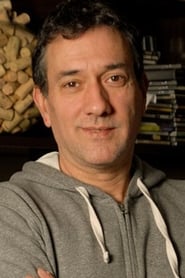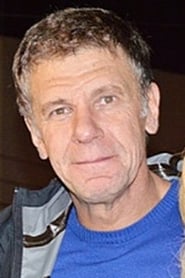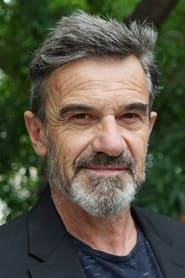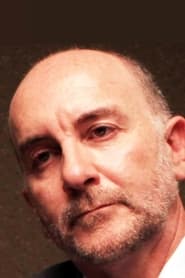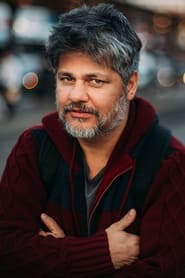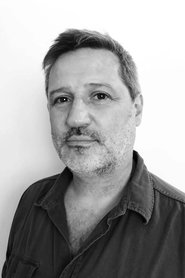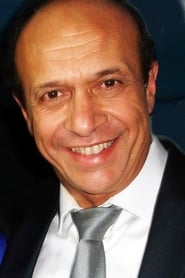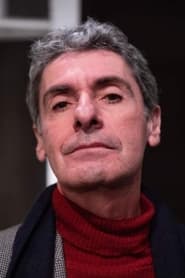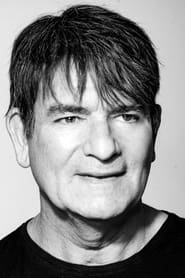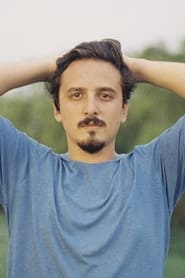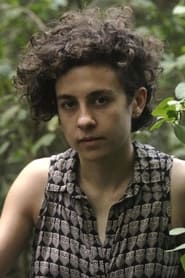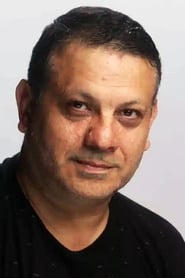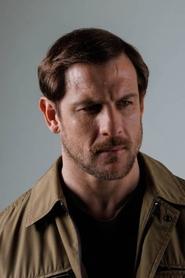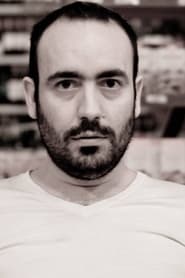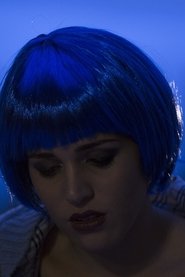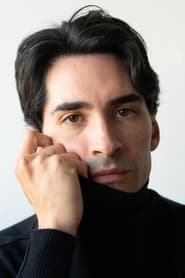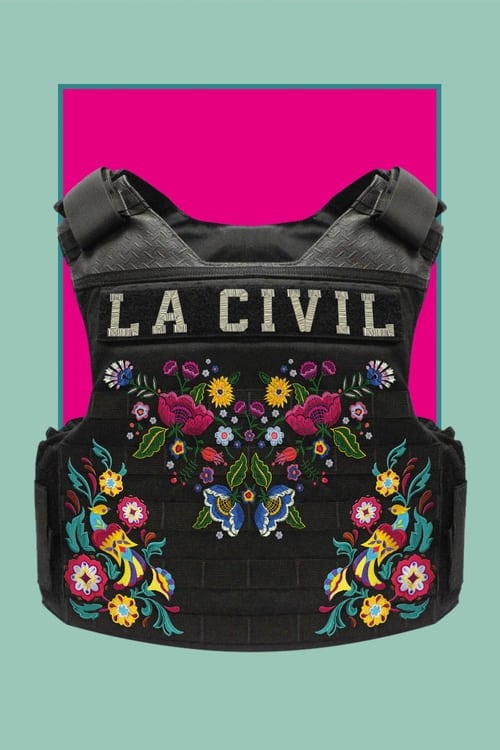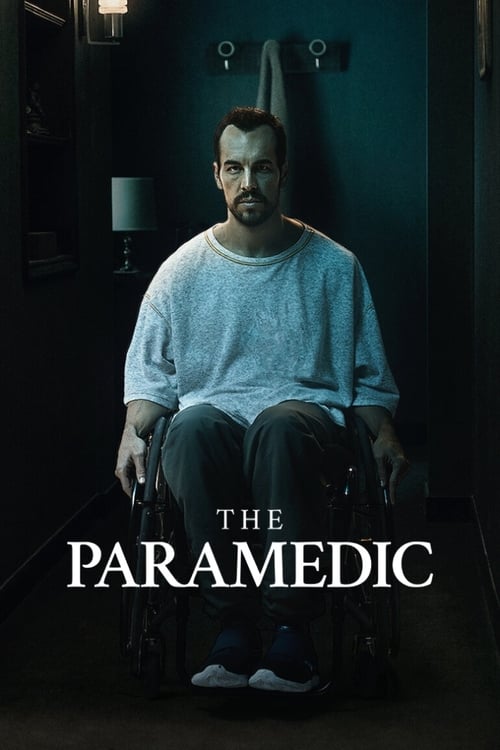
Ask Your Own Question
What is the plot?
In the tense dawn of 1985 Buenos Aires, Argentina is a nation still trembling from the shadows of a brutal military dictatorship that ruled for seven dark years. The air is thick with uncertainty and fear, but also a fragile hope as democracy has been restored less than two years prior. The film opens with Julio César Strassera, a seasoned, solemn public prosecutor, sitting in his modest office, the weight of his new assignment pressing heavily on his shoulders. He is summoned by government officials and informed that he will lead the prosecution against the military junta responsible for horrific human rights abuses. Strassera's face tightens with doubt and weariness; he mutters, "They want me to do this, but I don't think anyone will be punished." His reluctance is palpable--he is a man caught between his sense of justice and the very real danger looming over him and his family.
At home, his wife Silvia watches him with a mixture of pride and fear, her eyes reflecting the anxiety of a woman who understands the peril her husband faces. Their children, Veronica and Javier, live in the quiet tension of a household shadowed by political strife. Strassera's secretary, Susana, organizes the chaos of files and testimonies, a small but vital cog in this monumental effort. Into this fraught atmosphere steps Luis Moreno Ocampo, a younger, eager prosecutor with a military family background, whose offer to assist Strassera is initially rebuffed. Strassera distrusts Ocampo's lineage, wary of his ties to the very institution they must prosecute. Yet, as the enormity of the task becomes clear and other lawyers refuse to join, Strassera reluctantly accepts Ocampo's help.
The film moves fluidly between the cramped prosecutor's office, cluttered with thousands of pages of evidence--photographs, testimonies, and official documents--and the stark, intimidating courtroom where the trial will unfold. The prosecution team embarks on a harrowing journey across Argentina, visiting former detention centers now abandoned but still echoing with the ghosts of torture and death. They interview survivors and victims, gathering testimonies that reveal the systematic cruelty inflicted by the military regime: forced disappearances, brutal torture, and the infamous "death flights" where prisoners were thrown alive into the sea.
One of the most emotionally wrenching moments comes when Adriana Calvo, a witness and survivor, recounts her experience of being tortured while pregnant. Her voice trembles with pain and resilience as she describes the inhumanity she endured, her testimony piercing the courtroom's heavy silence. This testimony becomes a pivotal moment in the trial, exposing the depth of the junta's atrocities.
Throughout the investigation and trial preparations, the team faces constant threats. Strassera receives ominous death threats, forcing him to accept a security detail that shadows his every move. The tension is not just professional but deeply personal. Ocampo suffers alienation from his own family, who view his crusade against the military as a betrayal. A poignant scene captures Ocampo confronting his father, the emotional rift between them underscored by the weight of history and loyalty.
The prosecution's legal battles are fierce. In the courtroom, Strassera faces off against the junta's seasoned defense lawyers, masters of legal maneuvering and intimidation. The atmosphere is electric with tension, the courtroom a battleground where justice itself seems fragile. Strassera's confrontation with the Attorney General is particularly charged; the Attorney General's suggestion that leniency be shown to the Air Force stings deeply, revealing fractures even within the government's approach to justice.
As the trial begins on April 22, 1985, the stakes escalate dramatically. The court receives a bomb threat, a chilling reminder of the dangers that still lurk. Strassera, embodying quiet courage, persuades the judges to proceed, insisting that the trial must not be derailed by fear. "If we stop now, what message do we send to the victims?" he argues, his voice steady despite the tension.
The courtroom becomes a theater of truth and memory. Victims' testimonies pour forth, each one a testament to the horrors endured and a defiance against erasure. The trial is broadcast widely, bringing the dark history of the dictatorship into the public eye and forcing the nation to confront its past. President Raúl Alfonsín meets with Strassera, expressing his deep emotional impact from the testimonies and his commitment to justice, yet political pressures remain palpable.
As the trial progresses, the prosecution meticulously presents its case, submitting 16 volumes containing 4,000 pages of evidence detailing 709 cases and over 800 witnesses. The evidence reveals a chillingly coordinated campaign of terror orchestrated by the highest levels of the military junta. The film captures the painstaking legal work, the late nights, the moments of doubt, and the unyielding resolve of Strassera and his team.
Despite the immense pressure and threats, no direct deaths occur onscreen during the film's timeline, but the specter of violence is a constant presence, underscoring the risk the prosecutors and witnesses face. The film's emotional intensity crescendos as the testimonies expose the full scope of the junta's crimes, and the courtroom becomes a symbol of the fragile but determined pursuit of justice.
In the final scenes, the verdict is delivered, marking a historic victory for Argentina's democracy and the rule of law. The military commanders are held accountable, a monumental achievement that reverberates through the streets where citizens celebrate this rare triumph of justice over impunity. Strassera and his team emerge as heroes, their courage and tenacity having pierced the veil of silence and fear that had long protected the perpetrators.
The film closes on a note of solemn hope. The legacy of the trial is underscored as a crucial act of national healing, a reminder that confronting the past is essential for building a just future. Strassera returns home to his family, the personal cost of his crusade evident but overshadowed by the profound significance of what has been accomplished. The camera lingers on the faces of survivors and prosecutors alike, their stories now etched into the collective memory of Argentina.
This narrative journey from reluctant acceptance to courageous prosecution, from fear to justice, is told with vivid emotional and visual detail, capturing the complexity of a nation reckoning with its darkest chapter. The story of Argentina, 1985 is not just about a trial; it is about the resilience of truth and the enduring quest for justice in the face of overwhelming odds.
What is the ending?
In the ending of "Argentina, 1985," the trial against the military junta concludes with a historic verdict. The court finds several high-ranking officials guilty of crimes against humanity, leading to significant sentences. The main character, Julio Strassera, reflects on the importance of justice and the sacrifices made. The film closes with a sense of hope for the future, despite the heavy burden of the past.
As the film approaches its climax, the courtroom scenes become increasingly tense. The trial against the military junta, which had ruled Argentina with an iron fist during the Dirty War, reaches its final stages. Julio Strassera, the lead prosecutor, is visibly exhausted but resolute. He stands before the court, surrounded by his team, including his assistant, Luis Moreno Ocampo, who shares his passion for justice but also feels the weight of the task ahead.
In the courtroom, the atmosphere is thick with anticipation. The families of the victims, who have been waiting for this moment for years, fill the seats, their faces a mixture of hope and anxiety. Strassera delivers a powerful closing argument, passionately recounting the atrocities committed by the junta. He emphasizes the importance of accountability, not just for the victims but for the nation as a whole. His voice trembles with emotion as he speaks of the lost lives and the families torn apart by the regime's brutality.
As the verdict is announced, the tension in the room is palpable. The judges declare the defendants guilty of crimes against humanity. The sentences are read out loud, and the courtroom erupts in a mix of cheers and tears. Strassera's face reflects a complex blend of relief and sorrow; he knows that while justice has been served, the scars of the past will linger.
In the aftermath of the trial, Strassera and his team celebrate their hard-fought victory, but the weight of their work remains. Strassera's family, who have supported him throughout this arduous journey, share a moment of quiet reflection. They understand the significance of what has been achieved, yet they also recognize the ongoing struggle for truth and reconciliation in Argentina.
The film concludes with a poignant scene of Strassera walking through the streets of Buenos Aires. He pauses to look at the faces of the people around him, contemplating the future of his country. The final shot captures a sense of hope, as the camera pans out, leaving the audience with the message that while the past cannot be changed, the pursuit of justice can pave the way for a better tomorrow.
In terms of character fates, Julio Strassera emerges as a symbol of resilience and moral courage, having successfully prosecuted the junta members. Luis Moreno Ocampo, his dedicated assistant, shares in the triumph, knowing they have made a significant impact on Argentine history. The families of the victims, while still grieving, find solace in the verdict, feeling that their loved ones have not been forgotten. The film closes on a note of cautious optimism, suggesting that the fight for justice and truth continues, even as the nation begins to heal.
Is there a post-credit scene?
The movie "Argentina, 1985" does not have a post-credit scene. The film concludes with a powerful and emotional resolution, focusing on the aftermath of the trial against the military junta responsible for human rights abuses during Argentina's Dirty War. The ending emphasizes the significance of justice and remembrance, leaving the audience with a poignant reflection on the impact of the events depicted in the film. The absence of a post-credit scene allows the weight of the story to resonate fully, underscoring the film's themes of truth, accountability, and the enduring scars of history.
What role does Julio Strassera play in the trial against the military junta?
Julio Strassera, portrayed by Ricardo Darín, is the lead prosecutor in the trial against the military junta responsible for the atrocities during Argentina's Dirty War. He is driven by a deep sense of justice and personal conviction, motivated by the loss of his own friends and the suffering of countless victims. Strassera faces immense pressure and threats, yet he remains determined to bring the perpetrators to justice, showcasing his resilience and moral integrity throughout the trial.
How does the character of Luis Moreno Ocampo contribute to the prosecution's case?
Luis Moreno Ocampo, played by Peter Lanzani, serves as Strassera's young assistant and co-prosecutor. His character embodies youthful idealism and a strong commitment to human rights. Ocampo's contributions are crucial as he helps gather evidence, interviews witnesses, and provides emotional support to Strassera. His enthusiasm and dedication contrast with Strassera's more cautious approach, highlighting the generational differences in their fight for justice.
What challenges does the prosecution face during the trial?
The prosecution faces numerous challenges during the trial, including intimidation from military supporters, a biased judicial system, and the emotional toll of presenting harrowing testimonies from victims' families. Strassera and Ocampo must navigate a hostile environment where their safety is at risk, and they encounter significant pushback from the defense, which attempts to discredit their evidence and witnesses. These obstacles test their resolve and commitment to seeking justice.
How does the film depict the testimonies of the victims' families?
The film powerfully depicts the testimonies of victims' families as emotional and heart-wrenching moments that reveal the personal impact of the junta's crimes. Each testimony is filled with raw emotion, showcasing the pain, loss, and trauma experienced by those who suffered under the regime. These scenes are pivotal, as they not only serve to humanize the statistics of the atrocities but also strengthen the prosecution's case by illustrating the real-life consequences of the junta's actions.
What is the significance of the courtroom setting in the film?
The courtroom setting in 'Argentina, 1985' serves as a battleground for justice and truth. It is where the prosecution and defense clash, and where the voices of the victims are finally heard. The atmosphere is tense, filled with a mix of hope and fear, as Strassera and Ocampo present their case against powerful military figures. The courtroom becomes a symbol of the struggle for accountability in a society grappling with its dark past, making each session a critical moment in the fight for justice.
Is this family friendly?
"Argentina 1985" is a historical drama that deals with the aftermath of Argentina's military dictatorship and the trials of those responsible for human rights abuses. While the film is significant in its portrayal of justice and truth, it contains several elements that may be objectionable or upsetting for children or sensitive viewers.
-
Graphic Depictions of Violence: The film includes scenes that depict the brutality of the dictatorship, including references to torture and murder, which may be distressing.
-
Emotional Trauma: Characters experience profound grief and trauma related to the loss of loved ones, which can evoke strong emotional responses.
-
Political Tension: The film explores themes of political oppression and injustice, which may be complex and unsettling for younger audiences.
-
Courtroom Drama: Intense courtroom scenes may include confrontations and emotional testimonies that could be overwhelming.
-
Historical Context: The film addresses serious historical events, including disappearances and human rights violations, which may require a mature understanding to fully grasp.
Overall, while the film is a powerful narrative about resilience and justice, its themes and content may not be suitable for all viewers, particularly younger children or those sensitive to such topics.

